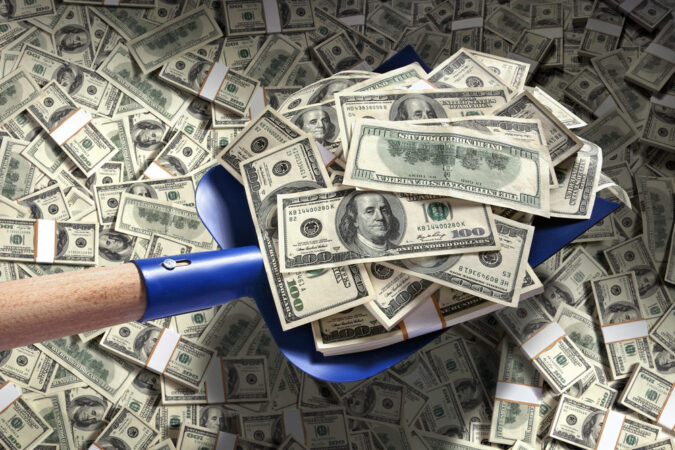
Two of the three primary insulin providers announced substantial price reductions in March, but personal injury attorney Troy Rafferty says the reductions amount to a mere pittance considering the corporations jacked up the prices of insulin by over 1,000% since 2003.
Eli Lilly, Novo Nordisk and Sanofi produce 99% of insulin. The Levin Papantonio Rafferty law firm filed a mass tort against the three insulin providers for gouging customers through price fixing. The case is in the discovery phase and still proceeding even though Eli Lilly and Novo Nordisk announced price reductions.
“It’s actually kind of just a facade or putting a Band-Aid on a compound fracture,” Rafferty said. “It’s not really going to change anything, what they’re doing right now.”
Diabetes ranks as the seventh leading cause of death in the U.S. Depression, heart disease and stroke occur at two to three times a higher rate among diabetics. The number of Americans with diabetes tops 37 million and 8.4 million use insulin to control their blood sugar.
One in four insulin-dependent diabetics ration their intake due to the extraordinary costs. Rationing insulin intake results in high blood sugar and leads to complications including headaches, frequent urination, increased thirst, exhaustion, blurred vision, unintentional weight loss and recurrent infections. Long-term complications include loss of vision, kidney failure, stroke, heart disease and amputation of lower extremities.
“All these executives sitting in these offices and these boardrooms have been preying on the sick and the ill, and it’s just atrocious what they’ve done,” Rafferty said. “…Parents are having to ration out insulin to their children because they have to have it and they can’t afford it. And yet these companies just kept year after year after year increasing the prices, and it’s atrocious.”
The cost for a vial of insulin is hundreds of dollars. On March 1, Eli Lilly announced pride reductions up to 70% for commonly prescribed insulins and an expansion of its Insulin Value Program that caps patient out-of-pocket costs at $35 or less per month. Novo Nordisk followed suit two weeks later, announcing plans to slash the price of insulin drugs by up to 75% in the U.S.
“We have been working to develop a sustainable path forward that balances patient affordability, market dynamics and evolving policy changes,” Steve Albers, Novo Nordisk senior vice president of market access and public affairs, stated in a press release. “Novo Nordisk remains committed to ensuring patients living with diabetes can afford our insulins, a responsibility we take seriously.”
Both providers are drastically reducing prices, but Rafferty said insulin costs pennies to produce and that companies could turn a “hefty profit” by charging a mere $2 a vial. Instead diabetic families spend 40% of their post subsistence income on insulin.
Rafferty further questioned why the U.S. charges substantially higher rates for insulin compared to other countries. Americans comprise only 15% of the global insulin market, yet account for almost 50% of insulin-related revenue. Even with the reductions by the two providers, U.S. rates will still dwarf those of other countries.
“Many of these people have been suffering for decades over the cost of their insulin, and so to sit here and now go, ‘Oh well, we’ll cut it. We’ll cut down some’ is honestly despicable,” Rafferty said. “It’s a step in the right direction, I’ll say that. But it’s not nearly enough. It’s got to keep going.”
Rafferty is confident the discovery phase will reveal what he and others long suspected. The three primary insulin providers collaborated to raise rates at the expense of diabetics.
“We’re going to find out exactly what we already know and that is that these companies in lockstep decided to just keep increasing the prices to increase their profits so they can buy more Armani suits and Gucci loafers and all this stuff,” Rafferty said. “…In essence, they knew they had a captive market that absolutely needed the insulin, they drove up the price knowing that this would be something that they could get away with.”



